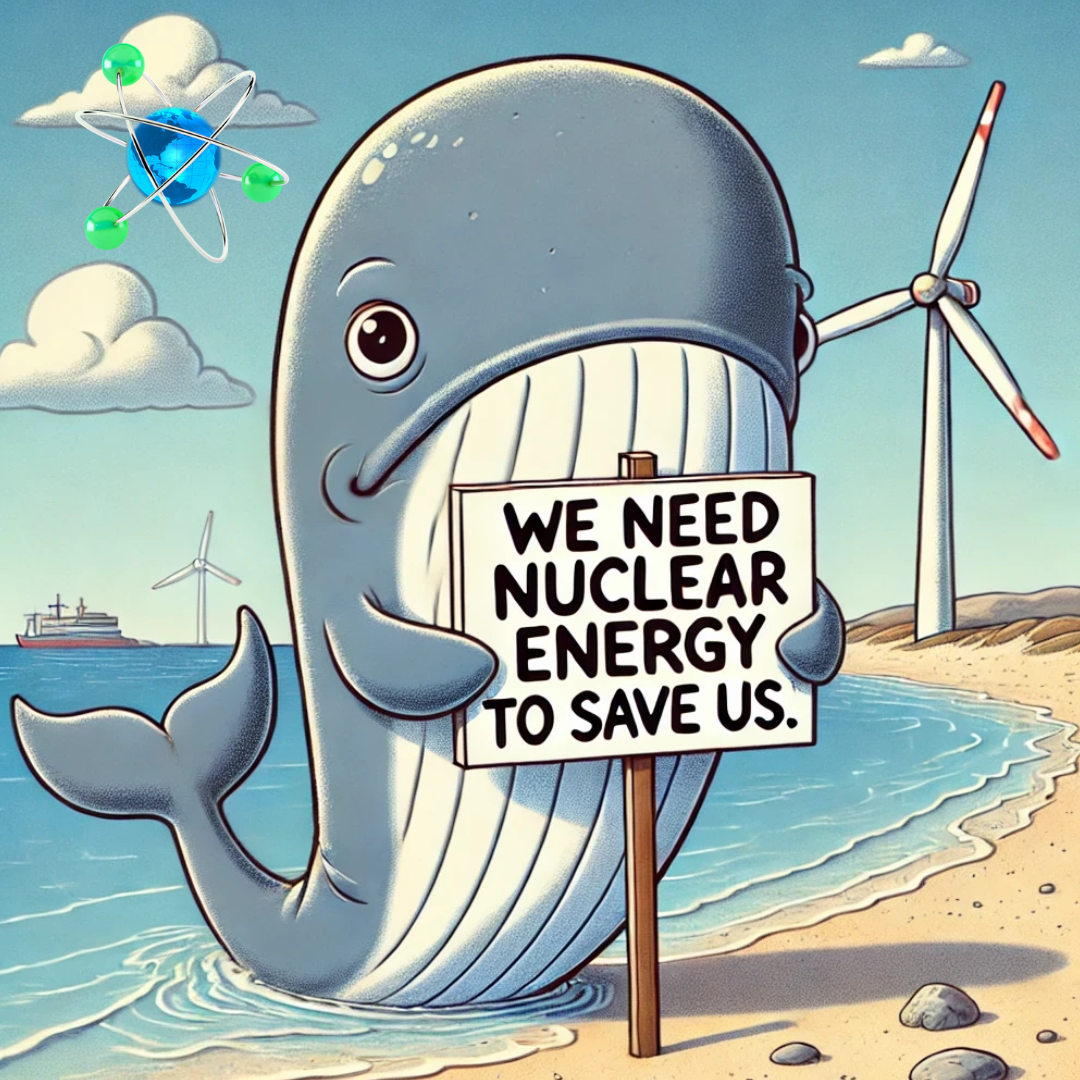
- Unprecedented numbers of whale strandings are raising concerns about the impact of offshore wind turbines.
- Increasing offshore wind installations bring potential risks from underwater vibrations and noise pollution.
- Could nuclear energy provide a less invasive alternative to power our future sustainably?
In recent years, reports of whales washing up on shores have become more frequent, alarming conservationists, scientists, and the public alike. Some speculate that offshore wind farms—vital in our renewable energy transition—may inadvertently disrupt marine life. With hundreds of new turbines being installed each year globally, we need to examine whether these installations could be causing unintended harm to sea life and, if so, whether nuclear energy might offer a safer, more eco-friendly alternative.
The Unseen Threat: Whale Strandings and Offshore Wind Farms
Whale strandings are not new, but the frequency and scale have prompted scientific investigations. Marine mammal strandings along the East Coast of the United States, for instance, have shown a significant uptick in recent years. Statistics from NOAA reveal that whale strandings have increased by nearly 50% over the past decade. The situation has been most concerning for the endangered North Atlantic right whale, which has fewer than 350 individuals left.
Wind turbines produce a combination of low-frequency sounds and vibrations that travel vast distances underwater, potentially interfering with whales’ echolocation. Some marine scientists suggest these vibrations may disrupt whales’ navigation and communication systems, leading to increased strandings. Studies by organizations like the Marine Mammal Commission are ongoing, yet definitive conclusions remain elusive.
Whale Strandings by the Numbers
- East Coast, USA (2022): Over 50 humpback whales stranded along the coast, a marked increase over previous years.
- Europe (2023): Several incidents in the North Sea, particularly near large wind farm installations.
- Global Trends: Strandings worldwide have risen by an estimated 40% in regions close to wind farms.
The correlation between wind farm installations and whale strandings warrants more investigation, particularly as these farms expand across the oceans.
Global Wind Turbine Boom: How Much Is Too Much?
With countries racing to meet renewable energy targets, offshore wind is a fast-growing sector. Europe has been a leader, with more than 6,000 turbines dotting the North Sea alone. The United States is following suit, planning over 20 GW of offshore wind capacity by 2030, with extensive projects off the coasts of New York and New Jersey. Globally, there are more than 10,000 offshore wind turbines installed, with thousands more in development.
While offshore wind energy is critical to reducing carbon emissions, its rapid expansion has raised environmental questions. The marine ecosystem, especially sensitive species like whales, may be affected by the noise and vibrations generated during both construction and operation phases. Each turbine emits underwater noise that could disrupt feeding, mating, and migration patterns in marine life, particularly among cetaceans.
Is Nuclear Energy a Safer Alternative?
With wind energy posing potential environmental challenges, nuclear energy presents itself as a stable and eco-friendly alternative. Small Modular Reactors (SMRs) and other advancements in nuclear technology offer safe, high-output energy solutions that can be located on land, away from marine ecosystems. Nuclear power plants, which operate on a predictable and constant basis, produce no underwater noise or vibrations, thereby reducing the risk to marine life.
Benefits of Nuclear Energy over Offshore Wind Farms:
- Zero Underwater Impact: Nuclear plants do not interfere with marine ecosystems through vibrations or noise.
- Continuous Power Generation: Nuclear energy provides a reliable and steady power supply, unlike the intermittency of wind.
- Lower Land Use: SMRs and next-generation nuclear reactors require far less space than wind farms, which can spread across miles of ocean.
Nuclear energy, while still facing public perception challenges, may hold answers for a balanced approach to a low-carbon future—one that considers both ecological and energy needs.
Conclusion
The debate over offshore wind farms and their impact on marine life is a pressing issue as nations look toward a green energy future. With evidence mounting of potential risks to whales and other marine species, it’s essential to weigh the pros and cons of offshore wind and explore alternative energy sources like nuclear. A comprehensive environmental impact study could be the next step to ensure that our pursuit of renewable energy does not come at the cost of our oceans.

0 Comments